Non-canonical odor coding in the mosquito
- PMID: 35985288
- PMCID: PMC9480278
- DOI: 10.1016/j.cell.2022.07.024
Non-canonical odor coding in the mosquito
Abstract
Aedes aegypti mosquitoes are a persistent human foe, transmitting arboviruses including dengue when they feed on human blood. Mosquitoes are intensely attracted to body odor and carbon dioxide, which they detect using ionotropic chemosensory receptors encoded by three large multi-gene families. Genetic mutations that disrupt the olfactory system have modest effects on human attraction, suggesting redundancy in odor coding. The canonical view is that olfactory sensory neurons each express a single chemosensory receptor that defines its ligand selectivity. We discovered that Ae. aegypti uses a different organizational principle, with many neurons co-expressing multiple chemosensory receptor genes. In vivo electrophysiology demonstrates that the broad ligand-sensitivity of mosquito olfactory neurons depends on this non-canonical co-expression. The redundancy afforded by an olfactory system in which neurons co-express multiple chemosensory receptors may increase the robustness of the mosquito olfactory system and explain our long-standing inability to disrupt the detection of humans by mosquitoes.
Keywords: Aedes aegypti; mosquito; odor coding; olfaction; snRNA-seq.
Copyright © 2022 The Author(s). Published by Elsevier Inc. All rights reserved.
Conflict of interest statement
Declaration of interests The authors declare no competing interests.
Figures

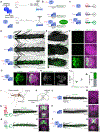
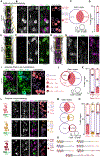
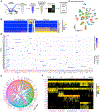

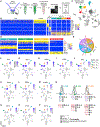
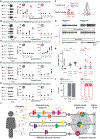
Comment in
-
Scent of a human: The mosquito olfactory system defies dogma to ensure attraction to humans.Cell. 2022 Aug 18;185(17):3079-3081. doi: 10.1016/j.cell.2022.07.018. Cell. 2022. PMID: 35985284
-
Olfactory coding in mosquitoes.Nat Rev Neurosci. 2022 Oct;23(10):583. doi: 10.1038/s41583-022-00630-4. Nat Rev Neurosci. 2022. PMID: 36042346 No abstract available.
References
Publication types
MeSH terms
Substances
Grants and funding
LinkOut - more resources
Full Text Sources
Other Literature Sources
Molecular Biology Databases
Research Materials

